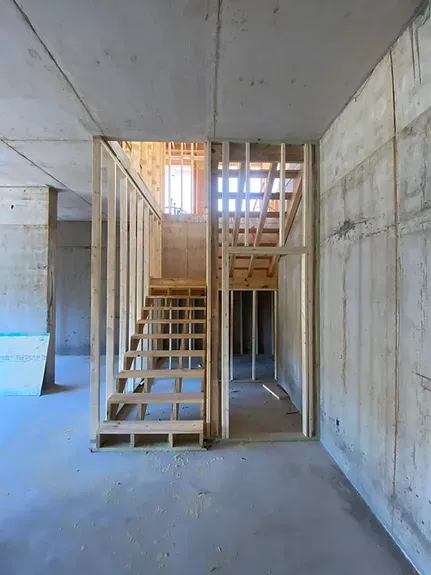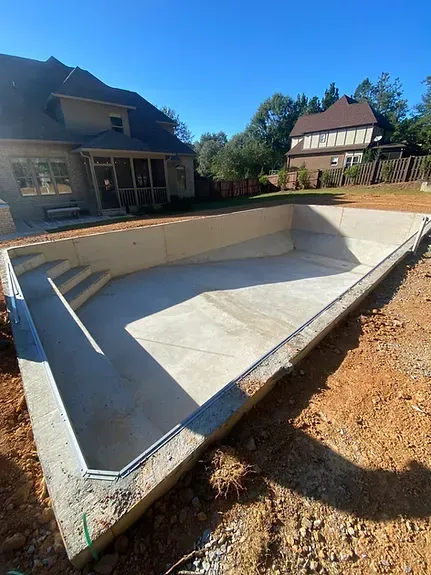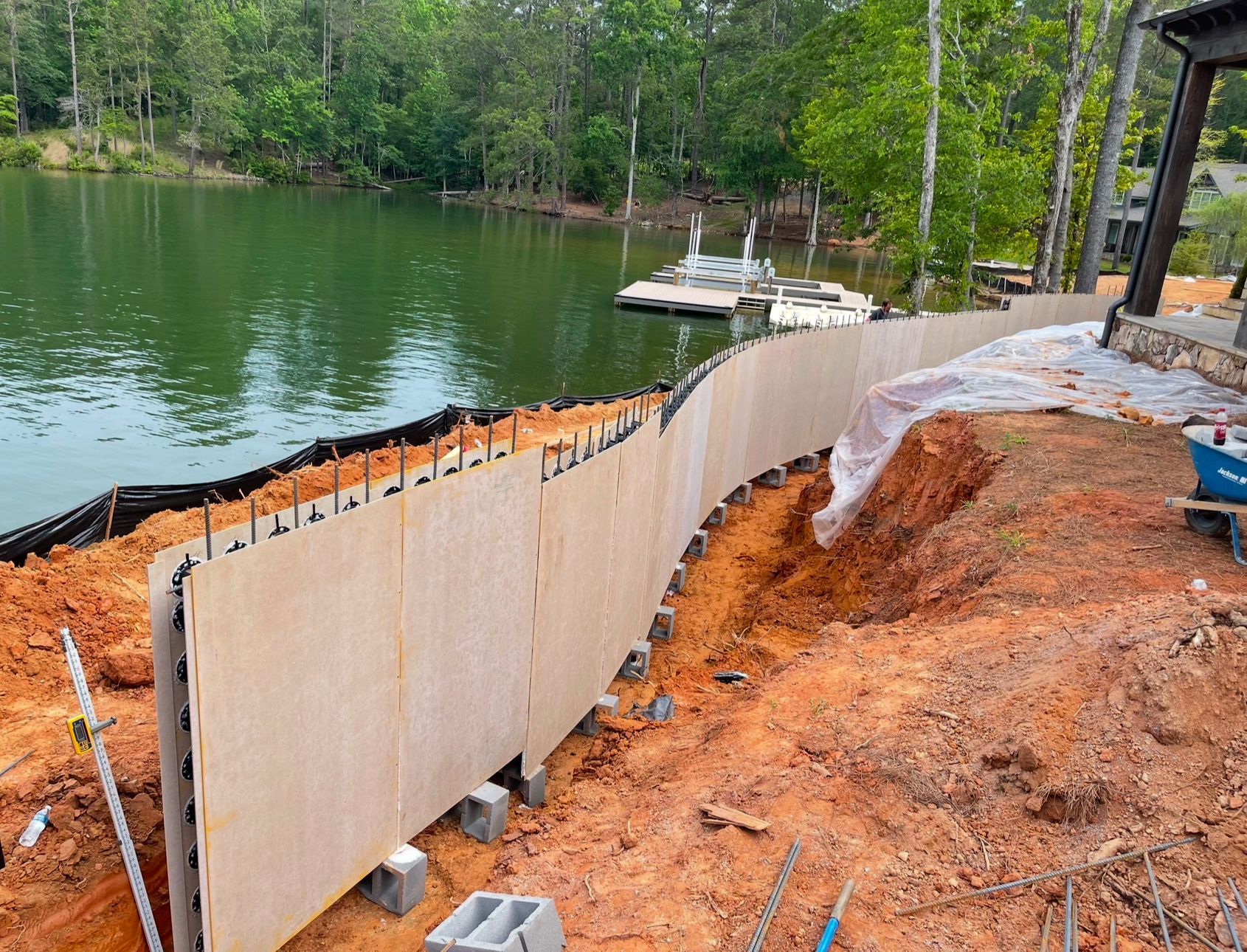Cemwall Systems: Structural Foundations for Smart Building Technology Integration
Cemwall Systems: Structural Foundations for Smart Building Technology Integration
Smart building technology integration requires structural systems that support advanced wiring, sensors, and automated control infrastructure. While smart building discussions typically focus on software and connectivity solutions, the physical building structure plays a critical role in enabling reliable technology implementation. Cemwall Systems concrete wall panels provide stable, technology-compatible foundations for smart building systems across residential, commercial, and institutional applications.
Structural Requirements for Smart Building Systems
Smart building technologies require more than wireless connectivity to function effectively. Advanced systems depend on organized infrastructure pathways, stable mounting surfaces, and layouts that accommodate complex wiring networks, sensor arrays, and automated control equipment.
Traditional construction materials present limitations for smart technology integration. Drywall systems require careful planning to avoid damage during technology installations. Wood framing offers inconsistent spacing and mounting reliability. These constraints can limit smart system scalability and increase retrofit costs.
Smart building infrastructure benefits from predictable structural components that support technology planning and installation processes.
Cemwall Panel Technology for Smart Integration
Cemwall panels feature standardized 4-foot by 8-foot dimensions that provide consistent spacing for technology planning. The cement fiber board exteriors and reinforced concrete cores create stable mounting surfaces for smart devices and control systems.
The patented reinforcement system includes integrated pathways that accommodate utility routing without compromising structural integrity. This design supports pre-planned technology infrastructure while maintaining the panel's fire resistance, moisture protection, and impact durability characteristics.
Pre-Construction Technology Planning
Cemwall panel standardization enables coordinated technology planning during pre-construction phases. Consistent panel dimensions allow electrical contractors and automation specialists to develop precise routing plans for conduits, wiring pathways, and device mounting locations.
Technology components that integrate effectively with Cemwall panels include:
Data Infrastructure: Ethernet cabling and fiber optic pathways for building-wide connectivity networks.
Lighting Systems: Smart lighting controls and automated switching systems requiring dedicated low-voltage wiring.
HVAC Controls: Automated climate control systems with distributed sensors and zone management capabilities.
Safety Systems: Fire detection, carbon monoxide monitoring, and emergency response sensor networks.
Security Infrastructure: Motion detection systems, access controls, and surveillance equipment wiring.
Audio Visual Systems: Distributed entertainment and communication infrastructure throughout building zones.
The concrete core construction provides stable protection for technology wiring while maintaining structural wall integrity over extended operational periods.
Smart Building Infrastructure Advantages
Modern smart buildings require real-time data collection and automated system responses. This technology density creates increased demands on building infrastructure compared to traditional construction applications.
Cemwall panels support smart building requirements through several characteristics:
Thermal Stability: High thermal mass properties help regulate building temperatures, reducing HVAC system workload and supporting consistent environmental conditions for sensitive technology equipment.
Installation Accessibility: Uniform panel construction enables predictable mounting locations for devices, access panels, and control hubs without structural variations.
System Scalability: Pre-engineered panel design supports systematic technology installations across multiple building zones and unit configurations.
These features streamline smart building development from initial planning through long-term system maintenance and upgrades.
Fire Safety for Technology Infrastructure
Smart building systems incorporate increasing numbers of electronic devices, battery systems, and control units within wall cavities. This technology density creates enhanced fire safety requirements for structural materials.
Cemwall panels provide zero burn and zero spread fire ratings that protect embedded technology infrastructure. This fire resistance ensures that wall systems do not compromise smart building safety systems during emergency events.
Fire safety benefits extend to smart system components including smoke detection networks, emergency communication systems, and automated building controls that require reliable operation during crisis situations.
Moisture and Environmental Protection
Smart building technology reliability depends on protection from moisture infiltration and pest intrusion that can damage electronic systems and wiring networks. Traditional wood framing and drywall systems present vulnerability to these environmental factors.
Cemwall panels provide integrated moisture resistance through concrete core construction that prevents water absorption common in organic building materials. Cement fiber exteriors create sealed environments that resist pest infiltration and protect embedded technology systems.
This environmental protection improves smart device longevity and reduces system failure rates in buildings designed for decades of reliable operation.
Multi-Unit Smart Building Applications
Large-scale developments with smart technology in multiple units require consistent structural systems that support standardized technology installations. Applications include:
Residential Complexes: Apartment buildings with smart thermostats, automated lighting, and security systems requiring uniform installation approaches.
Townhome Communities: Multi-unit developments with integrated alarm systems and home automation requiring consistent wiring pathways.
Senior Living Facilities: Assisted living centers with health monitoring, emergency response, and safety tracking systems requiring reliable infrastructure.
Commercial Properties: Office buildings with automated lighting, energy management, and environmental control systems requiring scalable installation methods.
Cemwall panel consistency enables developers to replicate smart technology layouts efficiently across multiple units without structural variations that complicate installation processes.
Modular Construction and Smart Technology
Modular construction methods align effectively with smart building technology implementation. Cemwall panels support modular approaches through standardized dimensions and consistent structural characteristics that enable off-site preparation.
Smart-ready panels can accommodate pre-installed wiring and device preparation during factory production phases. This approach reduces on-site installation time and supports delivery of completed smart building units.
Modular smart building applications include accessory dwelling units, prefabricated residential units, and commercial modular construction projects requiring integrated technology systems.
Future Technology Compatibility
Smart building technology continues evolving with new devices and system capabilities. Cemwall panels provide flexible foundations that accommodate emerging technologies:
Energy Management: Smart meters, solar system controls, and battery management systems requiring dedicated infrastructure pathways.
Transportation Integration: Electric vehicle charging systems and smart grid connectivity requiring robust electrical infrastructure.
Advanced Security: Sophisticated surveillance networks and AI-powered monitoring systems requiring extensive wiring and mounting capabilities.
Building Automation: Machine learning-based environmental controls and predictive maintenance systems requiring comprehensive sensor networks.
The structural flexibility of Cemwall panels supports technology upgrades and retrofits as smart building capabilities advance.
Professional Integration Support
Smart building projects require coordination between construction teams, technology contractors, and system integrators. Cemwall Systems provides technical support for smart building applications including:
Engineering Consultation: Technical guidance for integrating panel specifications with smart building system requirements.
Installation Coordination: Support for coordinating panel installation with technology infrastructure implementation.
Documentation Support: Technical specifications and installation details that support smart building planning and permitting processes.
This collaborative approach helps ensure successful integration of structural systems with advanced building technologies.
Conclusion
Cemwall Systems concrete wall panels provide essential structural foundations for smart building technology integration. The combination of standardized dimensions, consistent mounting surfaces, and integrated utility pathways supports reliable smart system implementation across diverse building applications. For developers, contractors, and technology integrators committed to delivering advanced smart building capabilities, Cemwall panels offer structural solutions that enable both current technology requirements and future system expansion needs.
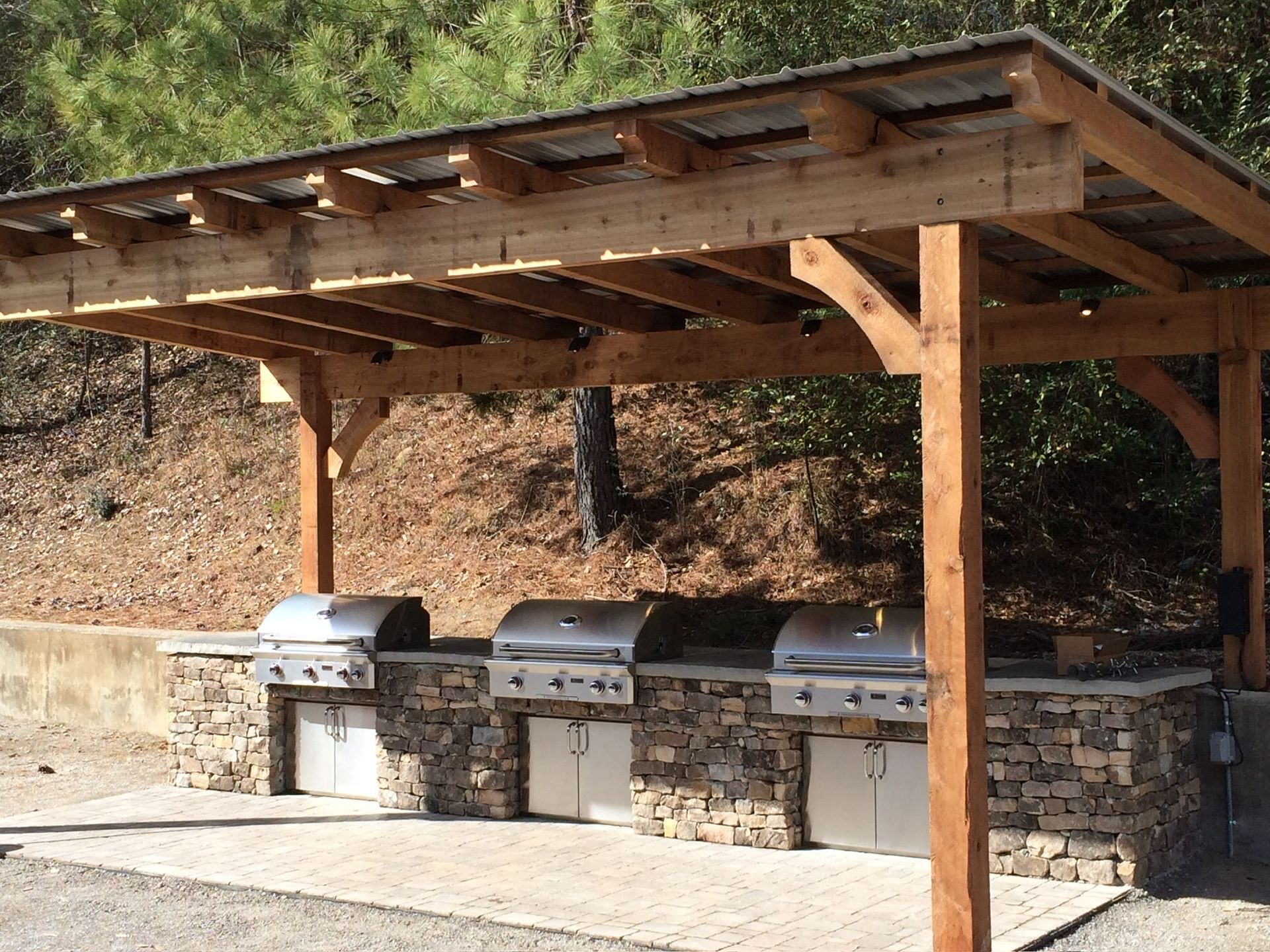


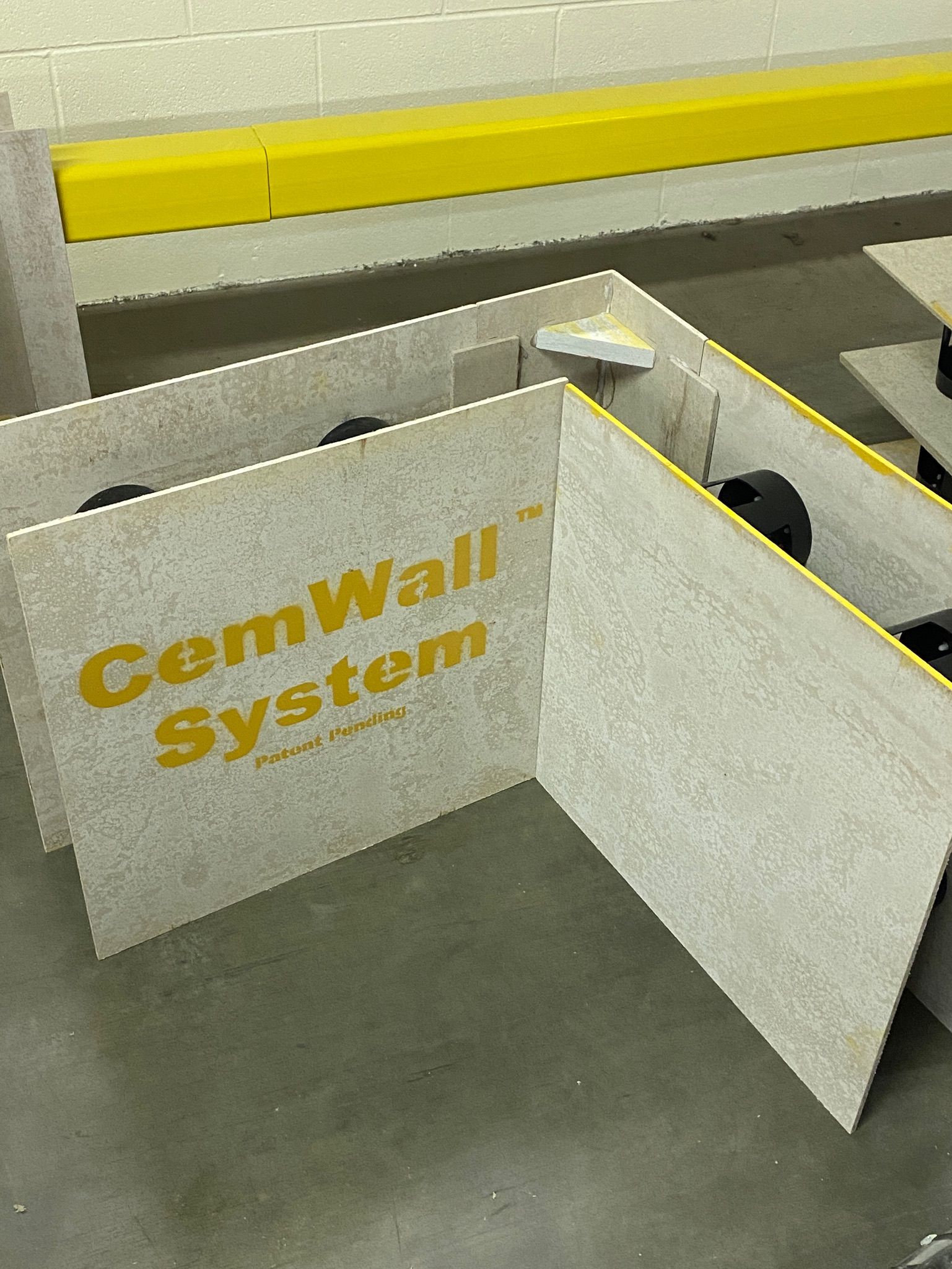

Building Smarter, Not Harder: How Cemwall Panels Streamline Mid-Rise and Urban Construction Projects
